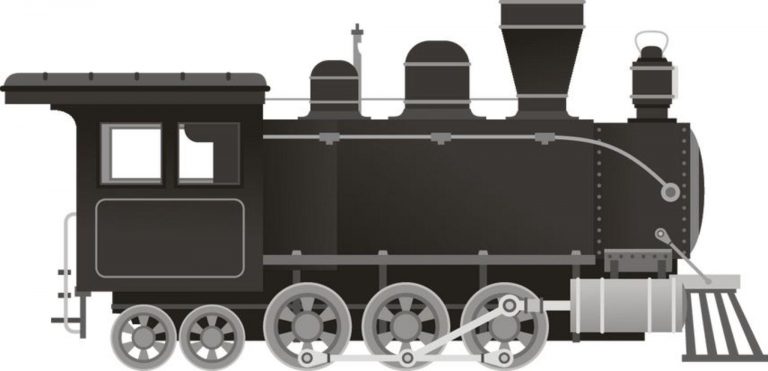
How steam changed transportation
In 1801, people in America took for granted that things would always be the way they had been. The idea of progress on technological improvements, or mechanics, the notion of a power source other than muscle, falling water, or wind, was utterly alien to virtually every American. Writing in the last decade of the 19th century of the condition in America at the time of Jefferson’s inaugural, Henry Adams observed that “as great as the material obstacles were in the the path of the United States, the greatest obstacle of all was in the human mind. Of the million people living in the United States, fewer than one out of ten Americans, or about a half million lived West of the Appalachian Mountains. The new nation stretched from the Mississippi to the Atlantic coast and from the great lakes to the Gulf of Mexico roughly about a 1,000 square miles, yet two thirds of the population lived within 50 miles of the East Coast. Only four roads crossed the Appalachian Mountains, one from Philadelphia to Pittsburgh, another from the Potomac to the Monongahela River, a third through Virginia Southwestward to Knoxville, Tennessee and the fourth through the Cumberland Gap into Kentucky.
